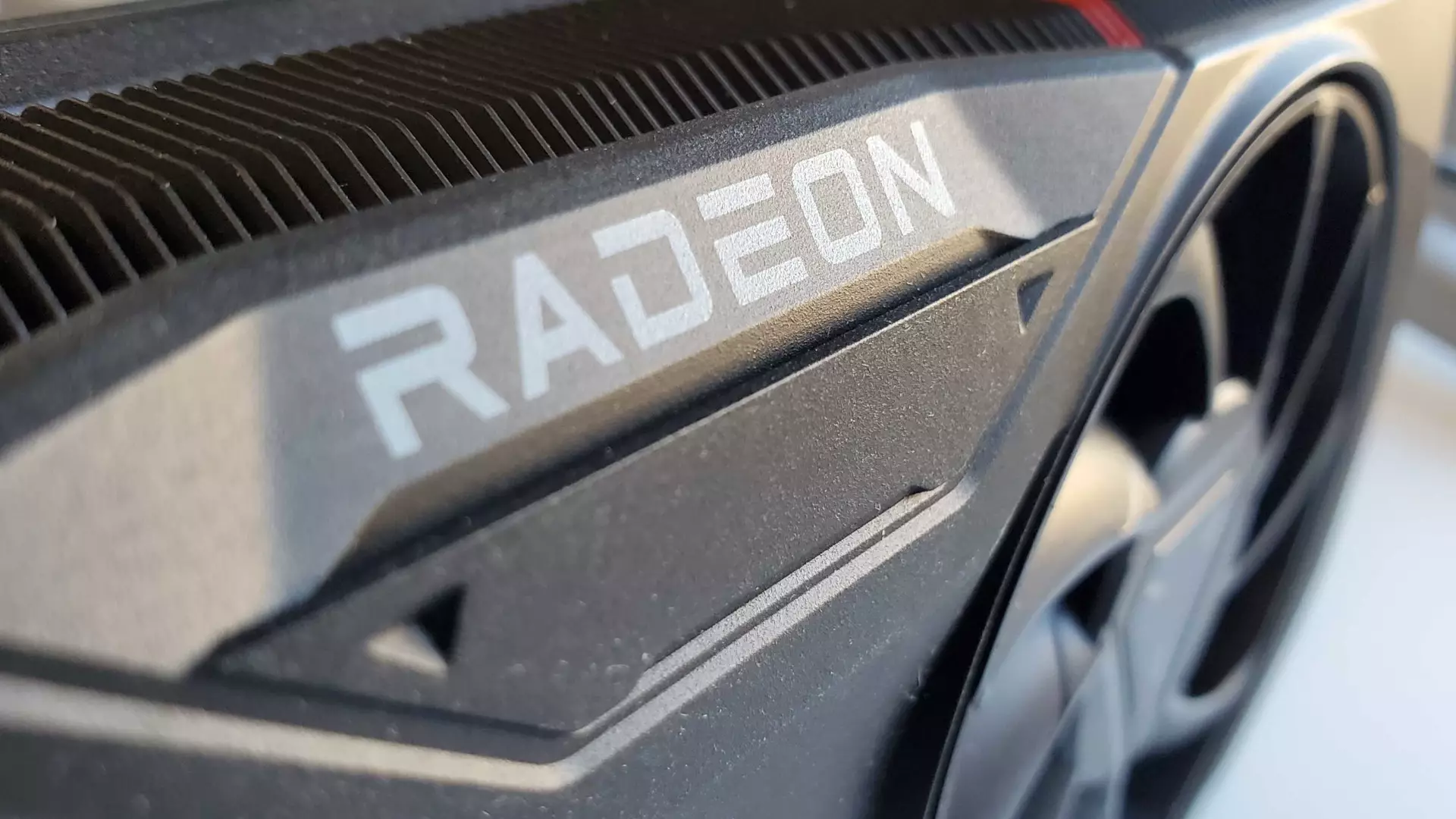As we traverse deeper into 2025, the gaming community continues to engage in fervent discussions about the optimal specifications for graphics cards. At the forefront of this conversation is Frank Azor, AMD’s Chief Architect of Gaming Solutions, who recently addressed the criticism surrounding AMD’s ongoing production of GPUs with 8GB of VRAM. Despite a landscape that is rapidly shifting towards higher resolutions and demanding visuals, Azor boldly asserts that the majority of gamers remain firmly rooted in the 1080p experience. This begs the question: What drives AMD’s commitment to lower-VRAM graphics cards in this evolving market?
According to the Steam Hardware Survey, a staggering 55.27% of gamers are still playing on 1080p monitors. This statistic is paramount in understanding why AMD continues to prioritize 8GB models. The data suggests an overwhelming preference for budget-friendly options rather than bleeding-edge specifications. Azor’s claim that most mainstream games currently played are esports titles and indie phenomenons significantly supports his argument. These games often don’t require the lavish memory that modern GPUs provide, highlighting a market demand that is still very much valid.
Misconceptions about Memory Requirements
Critics often argue that 8GB of VRAM is insufficient for modern gaming, especially as titles become increasingly resource-intensive. However, Azor’s response emphasizes a crucial aspect: the market’s needs vary widely. Not all gamers require or desire the latest and greatest hardware. For casual gamers, esports enthusiasts, or players diving into indie gems, the existing 8GB GPUs, like the RX 9060 XT, offer ample performance without unnecessary financial strain.
The prevailing narrative focuses heavily on high-end cards like Nvidia’s RTX 40 series, often overlooking the budget-conscious gamer who seeks value over specifications. For these individuals, the RX 9060 XT, priced at $299, presents an appealing proposition. It allows gamers to enjoy popular titles without breaking the bank, simultaneously addressing affordability and accessibility. The competitiveness of this offering cannot be understated, especially when considering that many gamers do not even play highly demanding AAA titles that would necessitate a higher VRAM card.
Performance Versus Expectations
The real identity crisis within the gaming GPU market emerges not because of performance issues, but from the expectations set by tech enthusiasts and industry insiders. The conversation surrounding 8GB GPUs reflects a dichotomy in user requirements. A significant portion of gamers, even those actively engaging with newer titles, still find value in GPUs that meet their needs rather than those that promise theoretical capabilities. This is a crucial reminder that gaming is as much about enjoyment as it is about specifications.
My personal experience corroborates Azor’s sentiments; using an 8GB Radeon RX 6600 for years, it has performed admirably, even on Linux, a platform often thought to strain compatibility. This should serve as a reminder that for many, high-end specs are not synonymous with a rewarding gaming experience. Rather, they can be an avenue for pressure in an arena where performance is oversold, and actual experience is neglected.
The Path Forward: Accessibility in Gaming
The continued production of budget-oriented GPUs reflects AMD’s commitment to maintaining accessibility within the gaming community. It allows entry-level gamers to dive into the world of PC gaming without the hefty financial burden often tied to high-resolution gaming. By offering GPUs like the RX 9060 XT with 8GB VRAM, AMD encourages individuals to experience gaming’s multitude of options—including esports, indie titles, and retro classics.
What remains pressing, however, is the challenge of ensuring the market adheres to reasonable price points. As much as the specifications and technical capabilities matter, real-world pricing significantly impacts consumer choices. Gamers must navigate inflated prices that may not align with the intended MSRP of the products, complicating accessibility efforts. In a time where quality options exist, ensuring that budget lines retain their affordability is essential for the future of PC gaming.
In a rapidly evolving industry, AMD’s approach illustrates an understanding of gamer demographics—a move worth celebrating in a time when high-performance gaming seems to dominate the conversation. By grounding their strategy in market realities, they initiate a conversation about balance between performance and accessibility in an ever-expanding gaming universe.


Leave a Reply